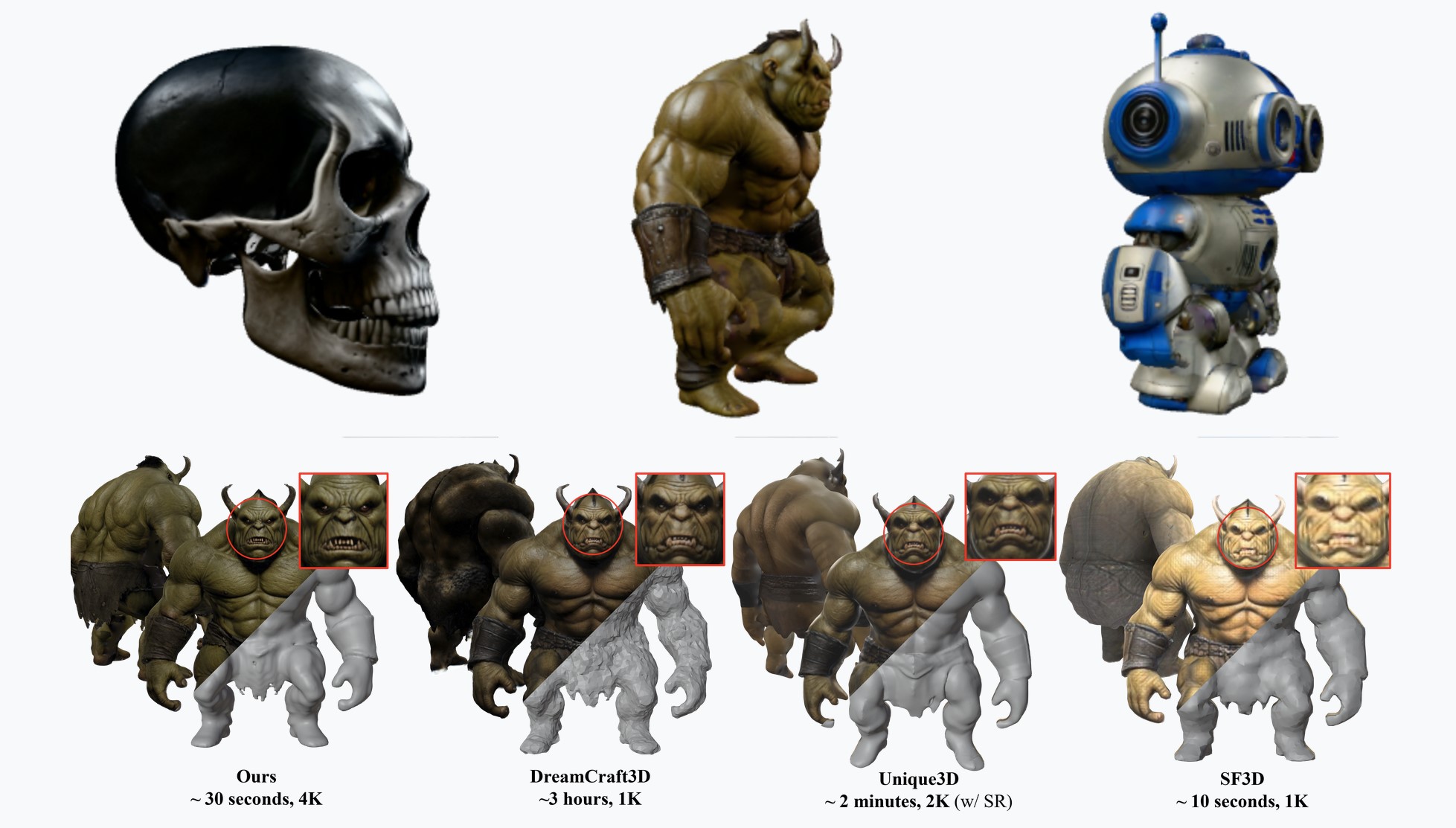BREAKING NEWS
LATEST POSTS
-
Peter Jackson Selling Weta Digital’s VFX Tech Division to Unity for $1.625 Billion
https://www.fxguide.com/fxfeatured/unity-weta-deal/
variety.com/2021/digital/news/unity-acquires-weta-digital-1235107544/
Under the deal, Unity is obtaining the Weta Digital suite of VFX tools and technology and its team of 275 engineers, who will join Unity’s Create Solutions division.
Joe Marks, Weta’s chief technology officer, will join Unity as CTO of Weta Digital.
Weta Digital’s VFX and animation teams will continue to exist as a standalone entity, known as WetaFX, which is expected to become Unity’s largest customer in the media and entertainment space. WetaFX, with about 1,700 employees, will remain majority-owned by Jackson and led by CEO Prem Akkaraju. The proposed deal is expected to close before the end of 2021, subject to regulatory approvals.
-
K-Lens One – A Light Field Lens that captures RGB + Depth
www.newsshooter.com/2021/10/31/klens-one-a-light-field-lens-that-captures-rgb-depth/
A mirror system (Image Multiplier) in the K|Lens splits the light rays into 9 separate images that are mapped on the camera sensor. All 9 of these images have slightly different perspectives. The best way to picture it is if you imagine using 9 separate cameras in a narrow array at the same time.
-
Floating point precision and errors in 3D production
https://blog.demofox.org/2017/11/21/floating-point-precision
https://www.h-schmidt.net/FloatConverter/IEEE754.html
The challenge with precision limits in production is tightly connected to the context of the assets, camera and procedural requirements the render scene needs to support.
For example a far away camera chasing a plane may not reveal issues that the same scene may show with a far away camera’s closeup of a displaced water drop on the plane’s windshield.
This is a rough example, but it helps putting things in perspective.Always best testing for specific patterns or targets within a given setup.
FEATURED POSTS
-
CaPa – Carve-n-Paint Synthesisfor Efficient 4K Textured Mesh Generation
https://github.com/ncsoft/CaPa
a novel method for generating hyper-quality 4K textured mesh under only 30 seconds, providing 3D assets ready for commercial applications such as games, movies, and VR/AR.

-
What light is best to illuminate gems for resale
www.palagems.com/gem-lighting2
Artificial light sources, not unlike the diverse phases of natural light, vary considerably in their properties. As a result, some lamps render an object’s color better than others do.
The most important criterion for assessing the color-rendering ability of any lamp is its spectral power distribution curve.
Natural daylight varies too much in strength and spectral composition to be taken seriously as a lighting standard for grading and dealing colored stones. For anything to be a standard, it must be constant in its properties, which natural light is not.
For dealers in particular to make the transition from natural light to an artificial light source, that source must offer:
1- A degree of illuminance at least as strong as the common phases of natural daylight.
2- Spectral properties identical or comparable to a phase of natural daylight.A source combining these two things makes gems appear much the same as when viewed under a given phase of natural light. From the viewpoint of many dealers, this corresponds to a naturalappearance.
The 6000° Kelvin xenon short-arc lamp appears closest to meeting the criteria for a standard light source. Besides the strong illuminance this lamp affords, its spectrum is very similar to CIE standard illuminants of similar color temperature.







